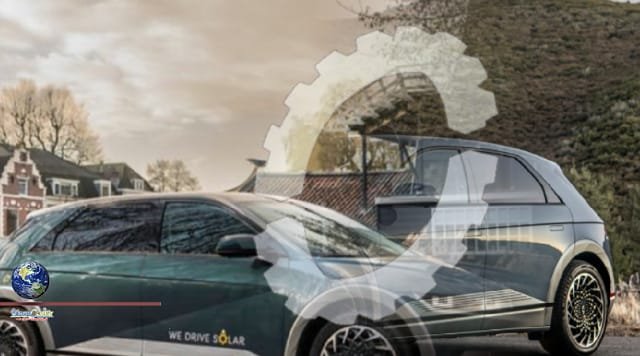Hyundai has announced that it is working on Vehicle-to-Everything (V2X) technology to reduce the strain on local electricity networks. V2X technology refers to transferring something, be that information or energy, from a vehicle to another place.

One such technology is Vehicle-to-Grid (V2G), which transfers energy stored in an electric car battery to an electricity network or grid. For example, if you arrived home from work and parked your car overnight, some energy stored in the high-voltage battery could be transferred to the grid.
This electricity could power your house or be passed on to other users via energy suppliers. You could then recharge your car at a lower cost during off-peak hours. The benefits of this tech include balancing the energy grid, especially during peak times. V2G also reduces operational costs and decreases our reliance on fossil fuels.
Hyundai is currently running two V2X pilot projects in the Netherlands and Germany with some Ioniq 5 models with customized V2G-capable software. A V2H (vehicle-to-home) test is also being carried out in partnership with CRADLE; Ioniq 5 prototypes are fitted with a bidirectional charger to share energy between your vehicle and home.
The company follows other car manufacturers that have made V2X commitments, such as Porsche with its Taycan. Last year, Verizon and Nissan announced a C-V2X (Cellular Vehicle-to-Everything) technology that can help drivers avoid car accidents.
Vehicle to Everything (V2X) is a vehicular communication system that supports the transfer of information from a vehicle to moving parts of the traffic system that may affect the vehicle. The main purpose of V2X technology is to improve road safety, energy savings, and traffic efficiency on the roads
Source: This news is originally published by noteboo
